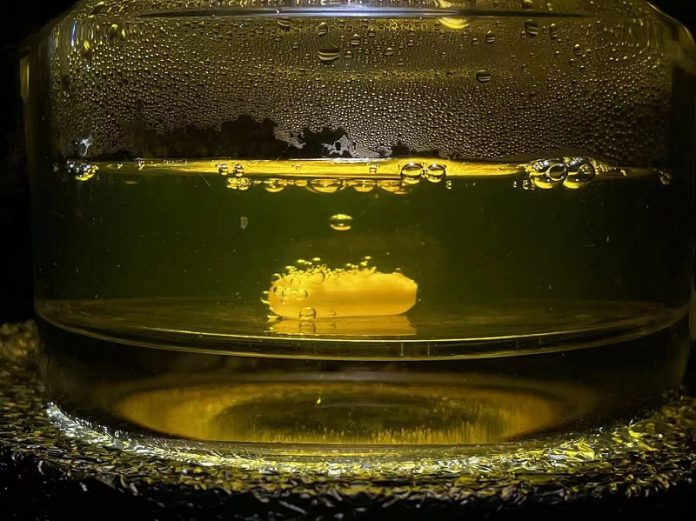
Have you ever thought about how nanotechnology could change our approach to clean energy?
Recent research is exploring tiny structures called nanoscale covalent organic frameworks (nano-COFs), which could significantly improve hydrogen production for clean energy.
This study, published in the journal Nature Communications, looks at how these nano-COFs could enhance photocatalytic hydrogen production, offering a more efficient and sustainable energy solution.
High performance in hydrogen production
Our research focuses on two specific nano-COFs, TFP-BpyD and TFP-BD, which show impressive activity in producing hydrogen when exposed to light.
By breaking down COF crystals to the nanoscale with surfactants, we’ve greatly improved their ability to mix with water and capture light.
As a result, one of these nano-COFs has achieved a hydrogen production rate of 392.0 mmol g−1 h−1. This rate is one of the highest reported for any organic material used in photocatalysis.
Surprising discovery: less is more
One of the most fascinating outcomes of our study is the reverse concentration-dependent phenomenon.
Usually, you might think that more catalyst would lead to higher activity. However, we found that these nano-COFs work better at lower concentrations.
This discovery challenges the traditional belief and suggests there are optimal conditions for these materials to work most efficiently.
We also examined the unique molecular behavior of these nano-COFs using photoluminescence and transient absorption spectroscopy. This behavior, caused by their nanoscale size, contributes greatly to their enhanced performance in producing hydrogen.
A bright future for clean energy
In summary, creating nano-COFs represents a major step forward in photocatalytic hydrogen production.
These materials not only mix better with water and capture light more effectively, but they also show exceptional rates of hydrogen production.
The discovery of their improved performance at lower concentrations adds an exciting new aspect to how we optimize these materials.
Our research highlights the incredible potential of nano-COFs as highly efficient organic photocatalysts for producing solar fuel. The future of clean energy solutions may lie in the innovative use of nanoscale materials like these nano-COFs.
By continuing to explore and develop these nanomaterials, we could see a significant boost in our ability to produce clean, sustainable hydrogen energy, helping to reduce our reliance on fossil fuels and combat climate change.
Written by Wei Zhao.



